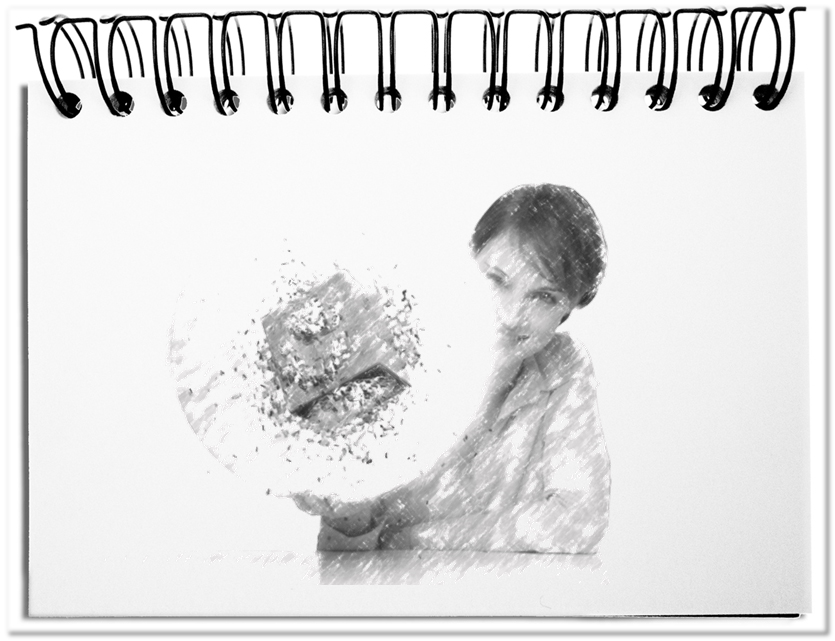After six months of intensive teamwork at locations around the world, the results are eventually available. The yield of new data is far greater than the original order requires. Many additional surprises are also worth communicating. In any case, in order to get appreciated for the over-fulfilment of the task, the additional insights should also be shared. However, clients expect effective solutions for their current troubles. Despite the additional news, it is important to get to the point that is expected.
The effective presentation of conclusions is a challenge in itself – the right wording, the expressive pictures, and the coherent spreadsheets. For getting to the point, the following aspects help.
- Substantial compactness
The crux of developing a presentation is deciding on how much information is needed or should be supplied. As many overviews as necessary should be presented to convey the findings. For not overloading the target group’s receptivity, however, only the necessary should be prepared – no more than seven plus minus two topics. - As good as it gets
Each elaboration pursues a purpose. But only those facts should be presented, which are considered correct and which can be proven. The coherence arises from a complete chain of cause and effect. Every gap gives cause for doubt. Attentive presenters know what fits together and where the reasons weaken slightly – if you cannot prove your proposition, you should be able to explain what makes it so difficult to provide evidence. - PerYou
As interesting as some results are, they are not relevant for everyone. Preference should be given to content that matters for the target group. Other important aspects can be mentioned, but not discussed in detail, because listeners switch off on issues that they do not care and thus miss out on the topics that are relevant to them. It is best to anticipate the individual stakeholders, focus on the related issues and avoid the aspects that are not likely to make a contribution – loaded keywords (e.g. costs, leadership responsibility, productivity), stigma words (e.g. fight, loss, compliance) or abbreviations and abstract terms that create a lack of understanding. - In the right tone
In any case, the content should be presented as clearly as possible in the language of the target group. The individual corporate areas speak their own language, at least, a technical jargon. Ambiguities are difficult to understand, and you lose control over your message – those presenters, who know what they want to convey, should introduce the content in simple and unambiguous language. Explanations should only be as detailed as they ensure that the results are understood – even if you have more to say and there are good places for lengthy anecdotes. Presented processes and causal relationships should be described coherently without breaks and voids.
To take the opportunity to point out any additional insights, it is suggested to mention the additional findings at the end of the presentation and to offer a follow-up meeting.
Bottom line: Presentations suffer too much from too little or from much too much. It is difficult to limit yourself to the essentials, especially when you have developed so much more. The original order creates orientation. The results should provide the findings in a digestible compactness. Even if there are other topics that one would like to present to the respective group of people, only expected and proven results should be reported. The decisive factor is the interest of the target group. The appropriate amount and an understandable language help to make the contents clear. It is advisable to resist the impulse to verbosity and ambiguity. A presentation is successful, if it strikes the right note and fits the respective situation. All this helps to get to the point.


